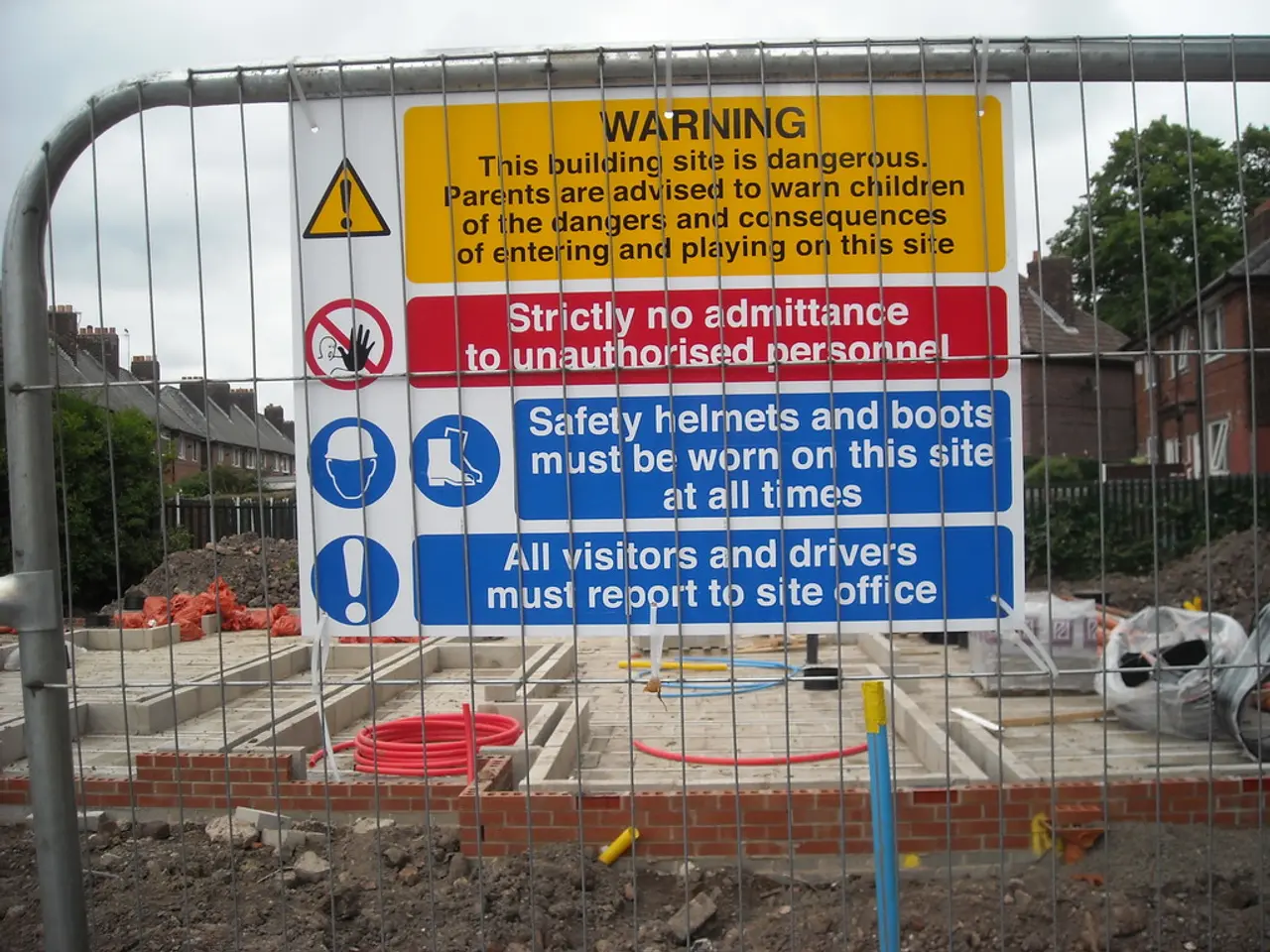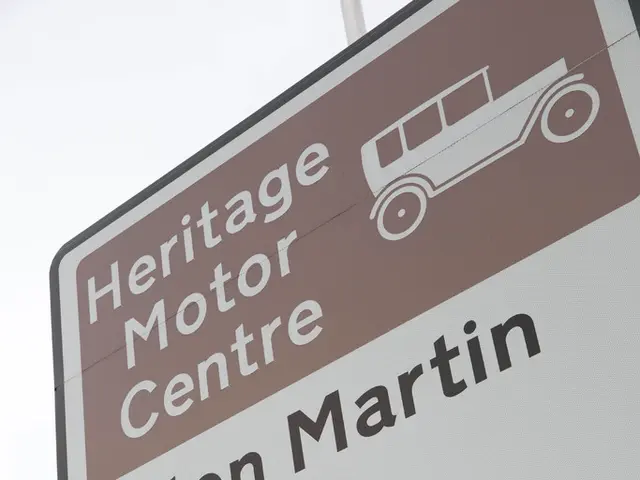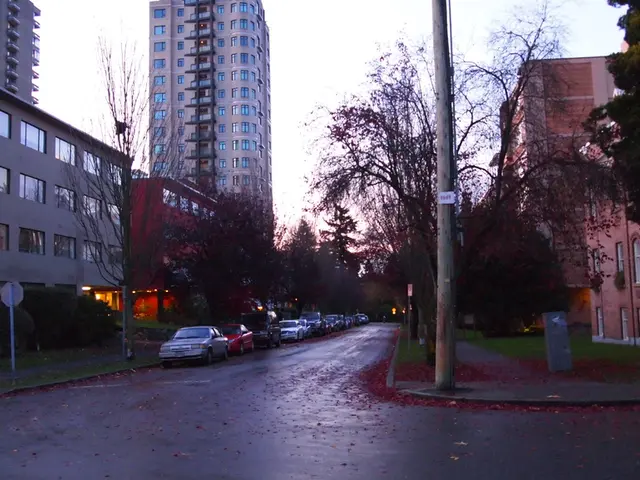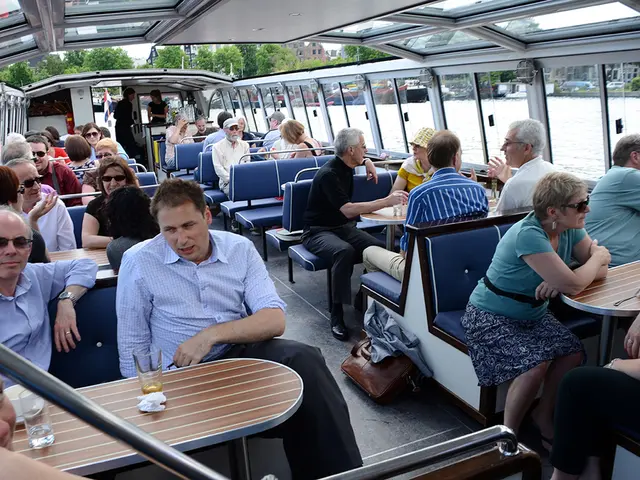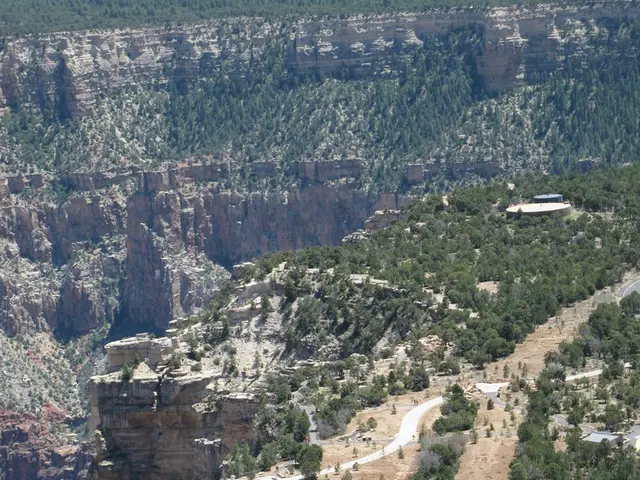Medical Examiner Endorses Safety Guidelines Following Tragedy on Te Araroa Trail
In the wake of a recent tragic incident on the Te Araroa Trail, the Mountain Safety Council (MSC) has emphasised the importance of safety and preparedness for hikers embarking on the long-distance trek. Although the MSC does not have a specific document focused solely on the Te Araroa Trail, their general and regional safety recommendations for backcountry travel in New Zealand provide valuable insights for hikers.
The MSC's safety guidelines are a crucial resource for anyone planning to trek the Te Araroa Trail. Here are some key recommendations:
**General Safety Recommendations**
1. **Plan and Prepare**: Research your route using up-to-date trail notes and maps. Understand the terrain, potential hazards, and local conditions before setting out. 2. **Carry Essential Gear**: Take a map, compass, whistle, warm clothing, raincoat, basic medical kit, strong footwear, and enough food and water. Be aware that some remote areas may have few water sources. 3. **Communicate Your Intentions**: Inform someone of your plans, including intended route and return time. 4. **Check Weather Forecasts**: Weather can change rapidly in New Zealand’s varied environments. Avoid hiking in adverse conditions, especially river crossing after heavy rain.
**River Crossing Safety**
One of the leading causes of fatalities in New Zealand tramping is river crossings. The MSC advises:
1. **Never Cross Flooded Rivers**: If a river is flooded or fast-flowing, delay your crossing or find an alternative route. Many of the country’s rivers, including those along Te Araroa routes, can rise rapidly due to rainfall. 2. **Assess the Crossing**: Look for wide, shallow sections. Avoid river bends and areas with debris. Cross one at a time if necessary, using a support system (e.g., poles) for stability. 3. **Risk Assessment**: If in doubt, do not cross. The MSC stresses the importance of assessing the safety of a river crossing before proceeding. 4. **Wait for Safer Conditions**: If you encounter dangerous conditions, wait for the river level to drop. This may require patience and flexibility with your schedule.
**Suitable Time Periods for Hiking**
New Zealand’s hiking season is generally from mid-spring (October) to early autumn (April), with milder weather and lower river flows. Winter tramping (May–September) is more hazardous due to cold, shorter days, and increased river risks. Some sections may have seasonal restrictions, such as avoiding farmland during lambing season. Private land crossings are often open during daylight hours only, and certain activities (camping, fires, dogs) may be prohibited.
**Additional Considerations**
1. **Track Conditions**: Be aware of farming, forestry, and other operations near the trail. Hazards can include vehicles, machinery, and traps. 2. **Leave No Trace**: Respect the environment and local communities. Follow the country’s Outdoor Access Code. 3. **Local Knowledge**: Consult regional trail notes for up-to-date route descriptions, as sections of Te Araroa can change due to land access, construction, or seasonal factors. 4. **Community Involvement**: Volunteers and local trusts maintain the trail—support and follow their guidance and signage.
For the most authoritative and specific MSC advice, consult the official MSC website or contact them directly. Always use your judgment and err on the side of caution in New Zealand’s unpredictable and sometimes hazardous backcountry.
Recently, a 46-year-old tourist, Petr Čech, drowned at Wairoa Gorge in Mount Richmond Forest Park between 4 and 17 May 2023. The cause of Cech's drowning is unclear, as it is not known whether he tripped and fell or was attempting to cross the flooded Wairoa River. The majority of the South Island should not be attempted between May and October due to snow, avalanches, and heavy rain, according to the Te Araroa website. MSC recommends that solo trampers attempting the backcountry sections of Te Araroa have sufficient experience and well-developed skills, including for river crossings.
The MSC provided a report to Coroner Heather McKenzie with recommendations on preventing future fatalities. Experience in assessing whether a river is safe to cross, and the skills to cross safely, are necessary for all Te Araroa walkers. Advanced tramping tracks may involve walking on unformed, steep, and rough tracks with unbridged stream and river crossings. The section of the trail where Čech died is a challenging backcountry route with slippery, narrow sections, steep drop-offs, eight river crossings, and potential for rivers to rise quickly during heavy rain.
Trampers should only attempt the trail in the seasonal window recommended by the Te Araroa website and build enough flexibility into their trip planning to allow for weather-related delays. Solo tramping in back country terrain is not recommended for those without sufficient experience, well-developed skills, and strong knowledge of NZ's conditions and terrain. The coroner has endorsed safety recommendations made by MSC following the death of Czech tourist Petr Čech on Te Araroa Trail.
- To ensure a safe and healthy journey while trekking the Te Araroa Trail, it's essential to consult the Mountain Safety Council (MSC) guidelines, particularly their advice on river crossing safety, as these factors can significantly impact one's lifestyle and outdoor living experience.
- For those interested in home-and-garden projects or health-and-wellness pursuits, the MSC's emphasis on planning and preparedness is a valuable lesson, regardless of the environment, reinforcing the importance of making informed decisions and being self-sufficient.
- Post-trail, understanding New Zealand's backcountry safety recommendations can also be beneficial when planning outdoor-living activities, such as travel to various destinations, where improper assessment of hazards can lead to potentially dangerous situations.
